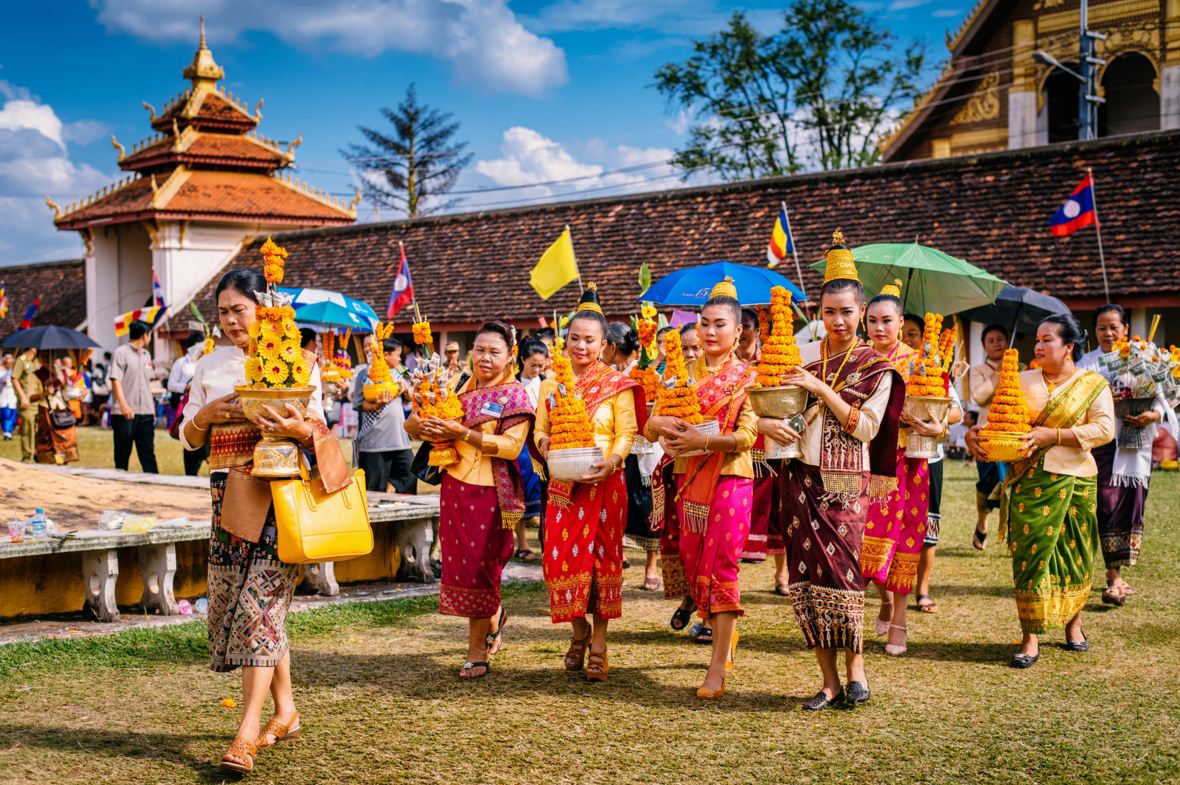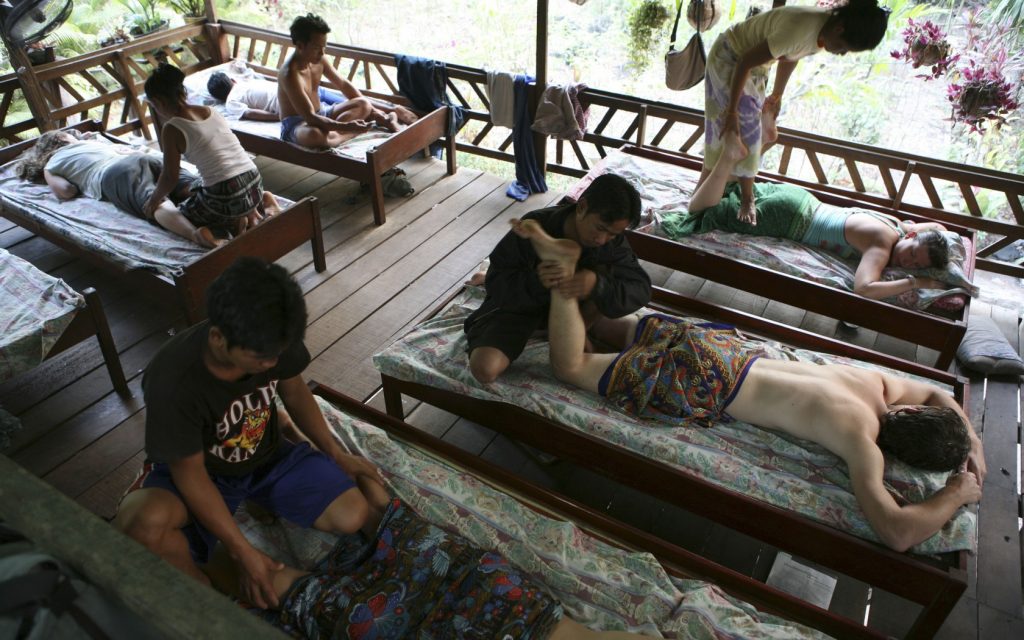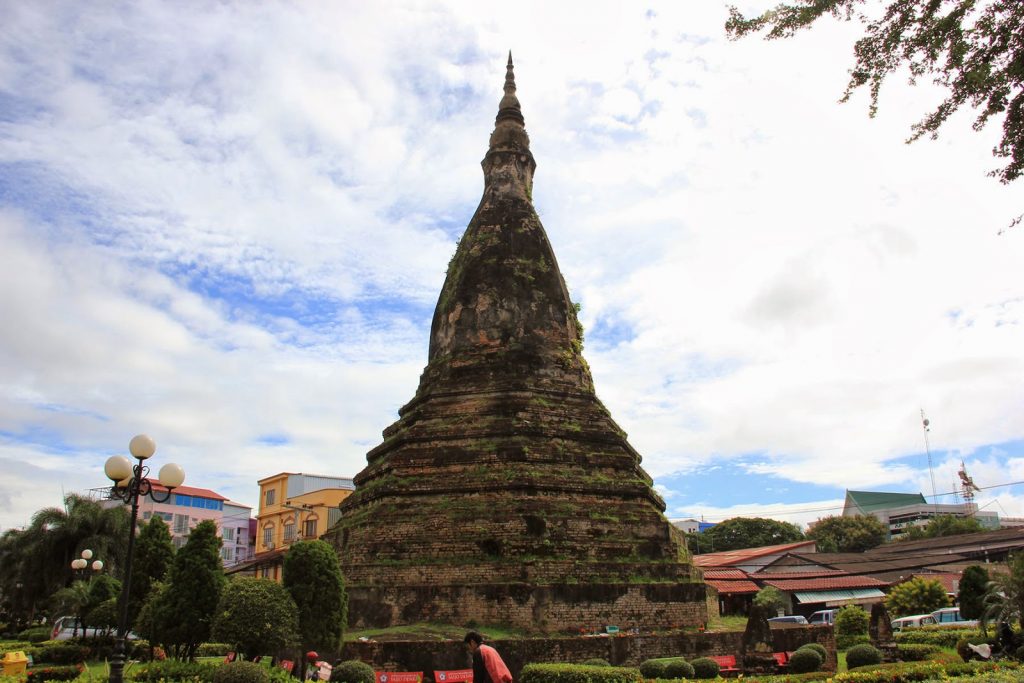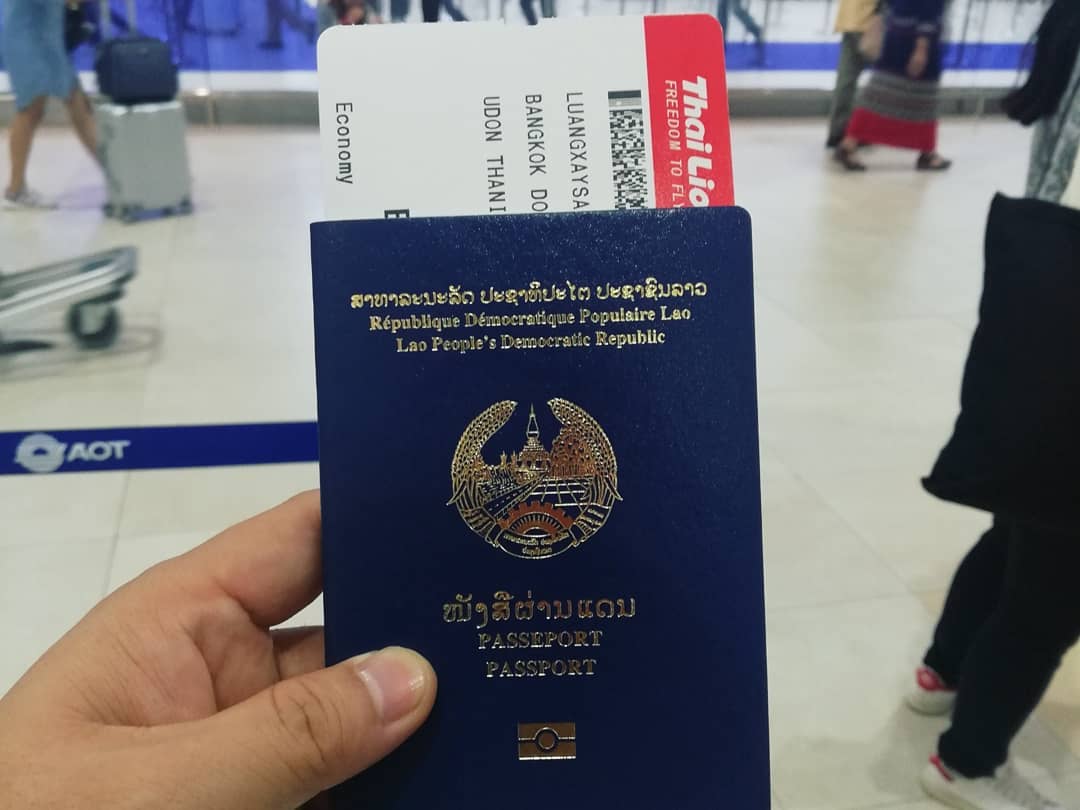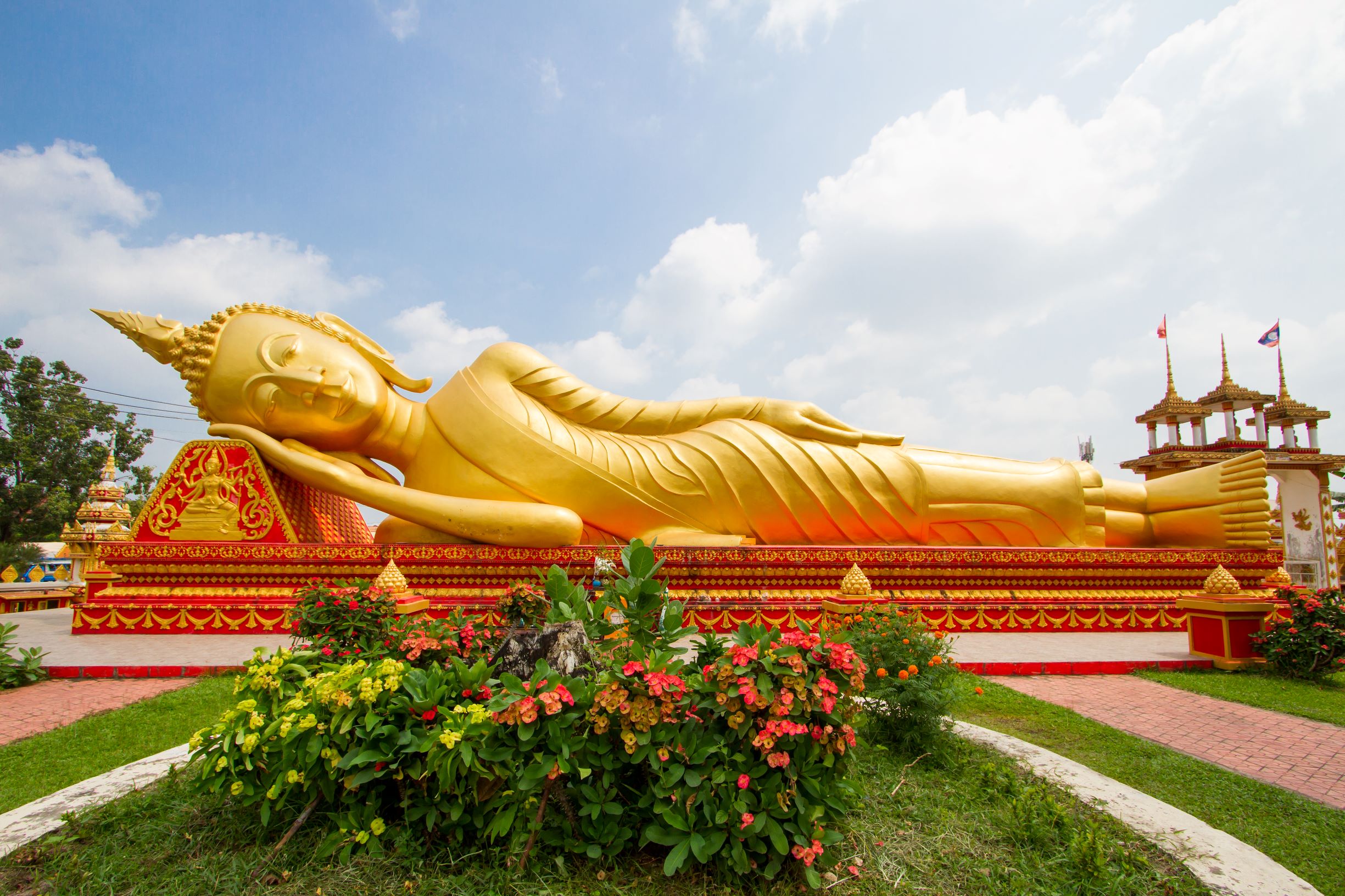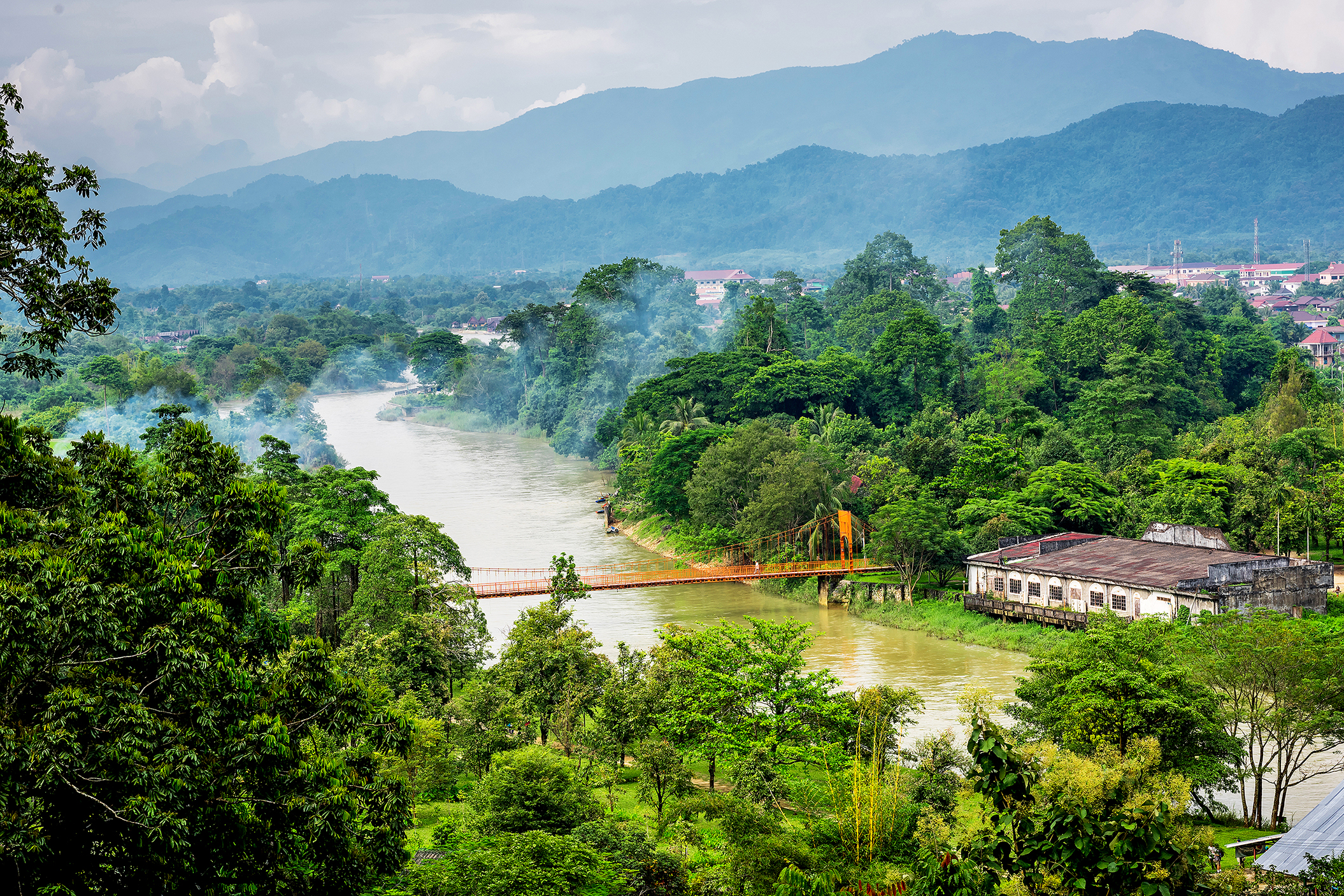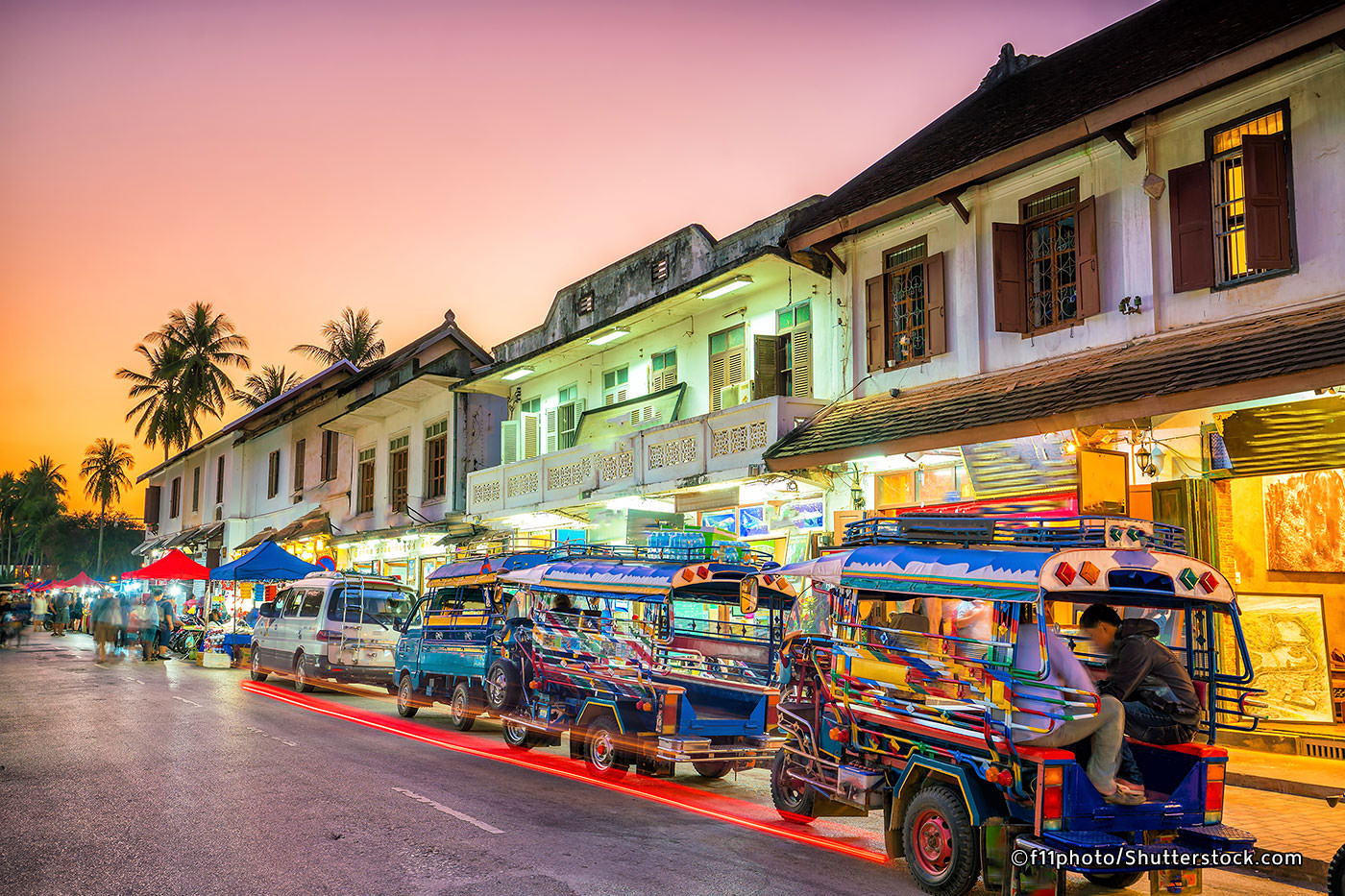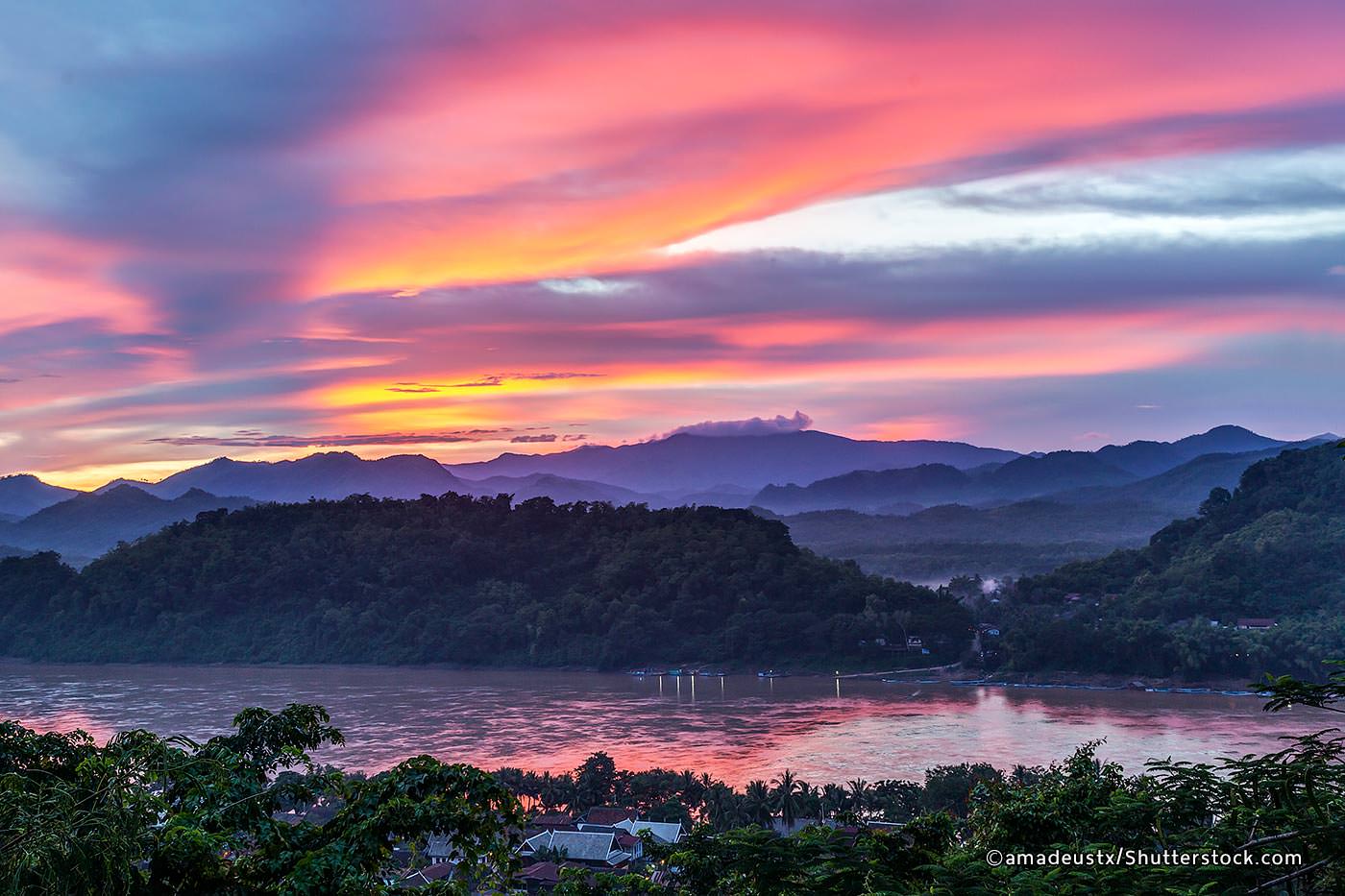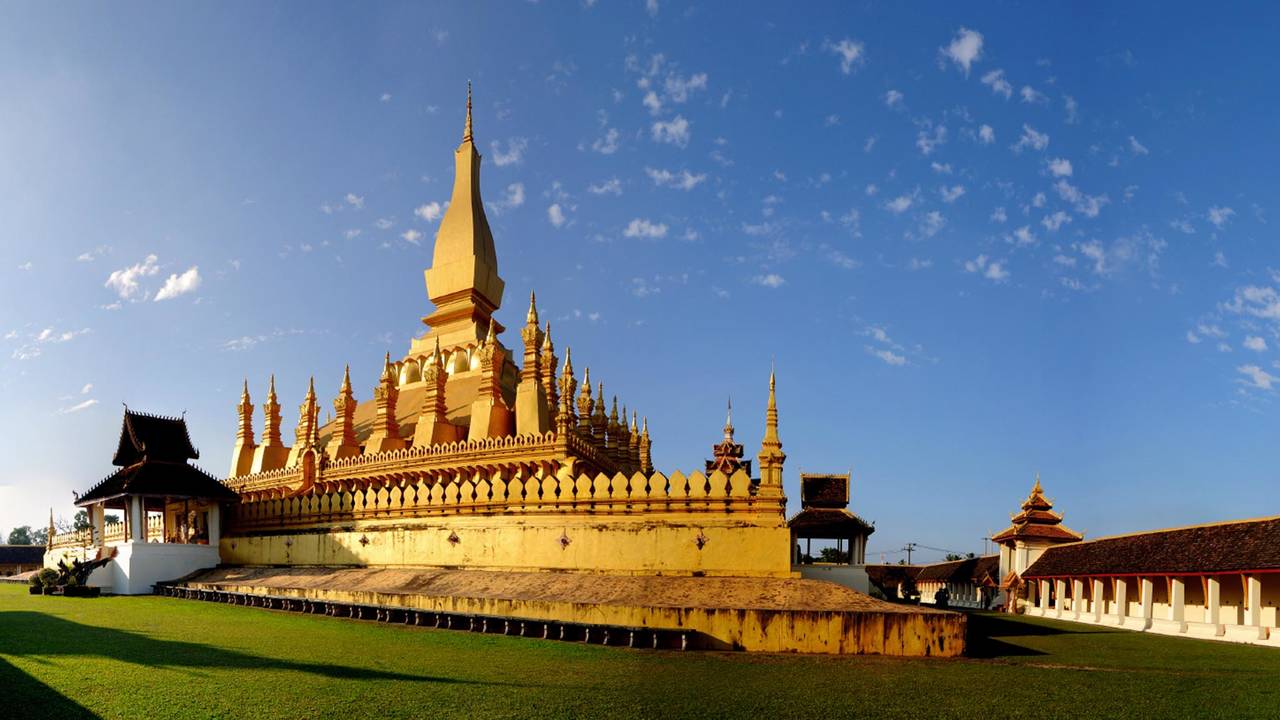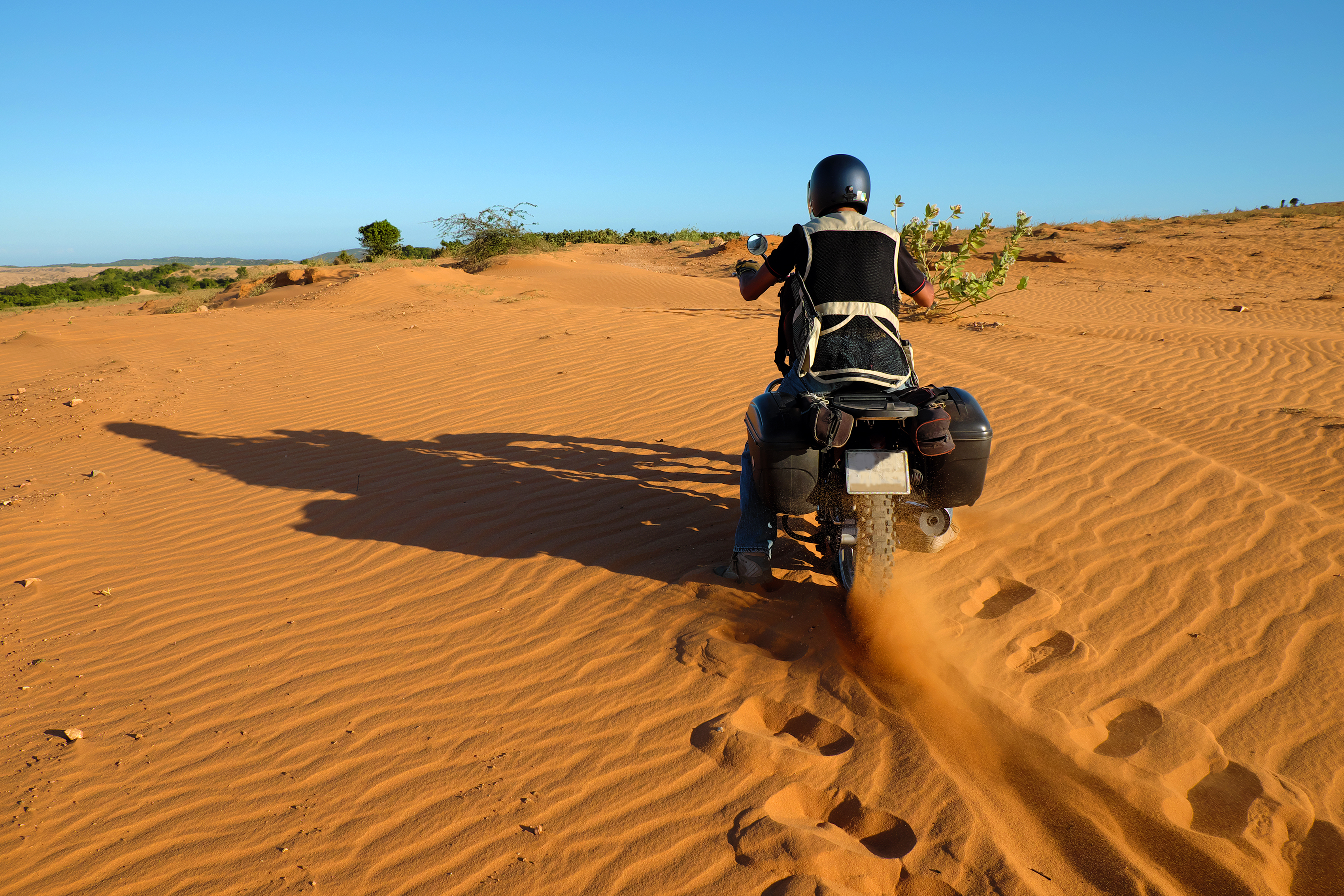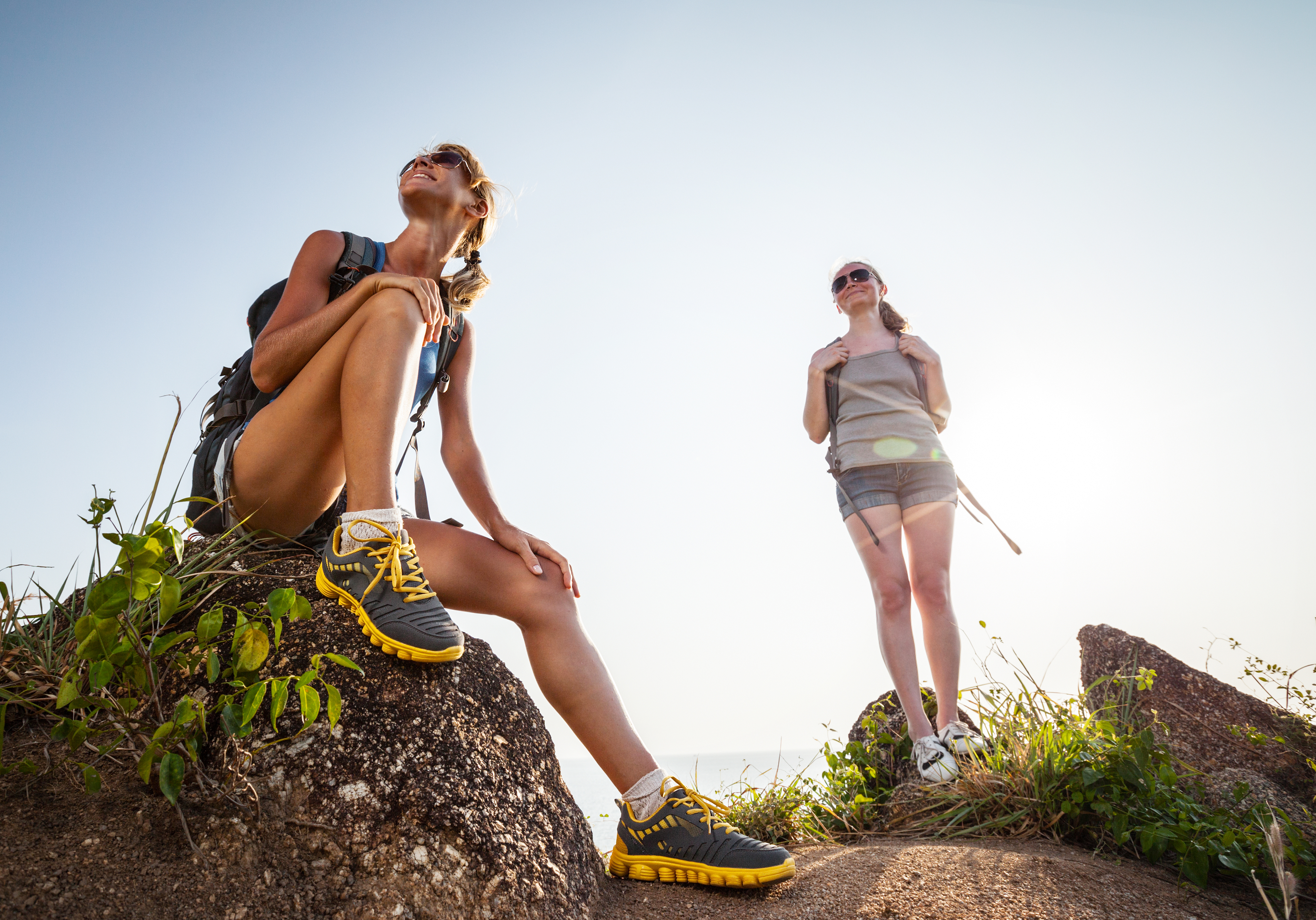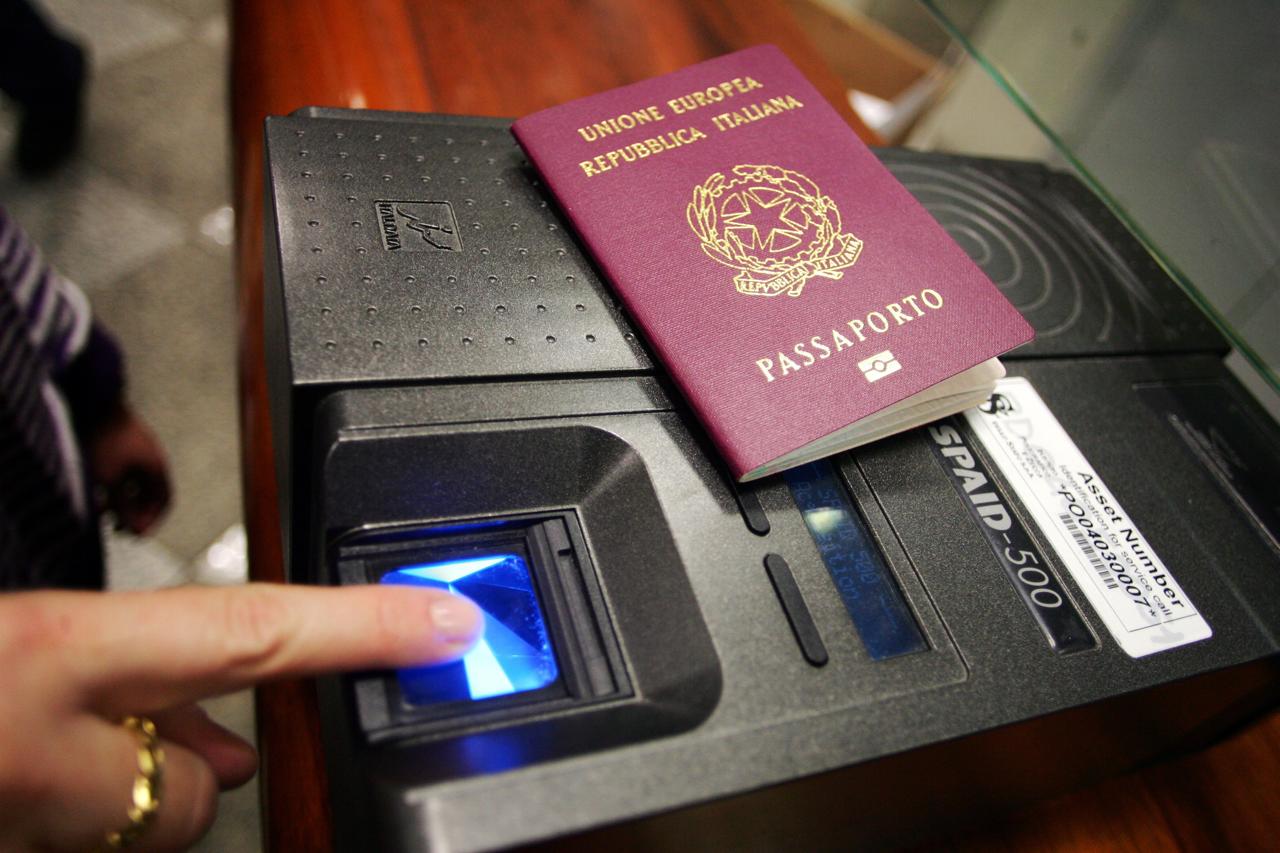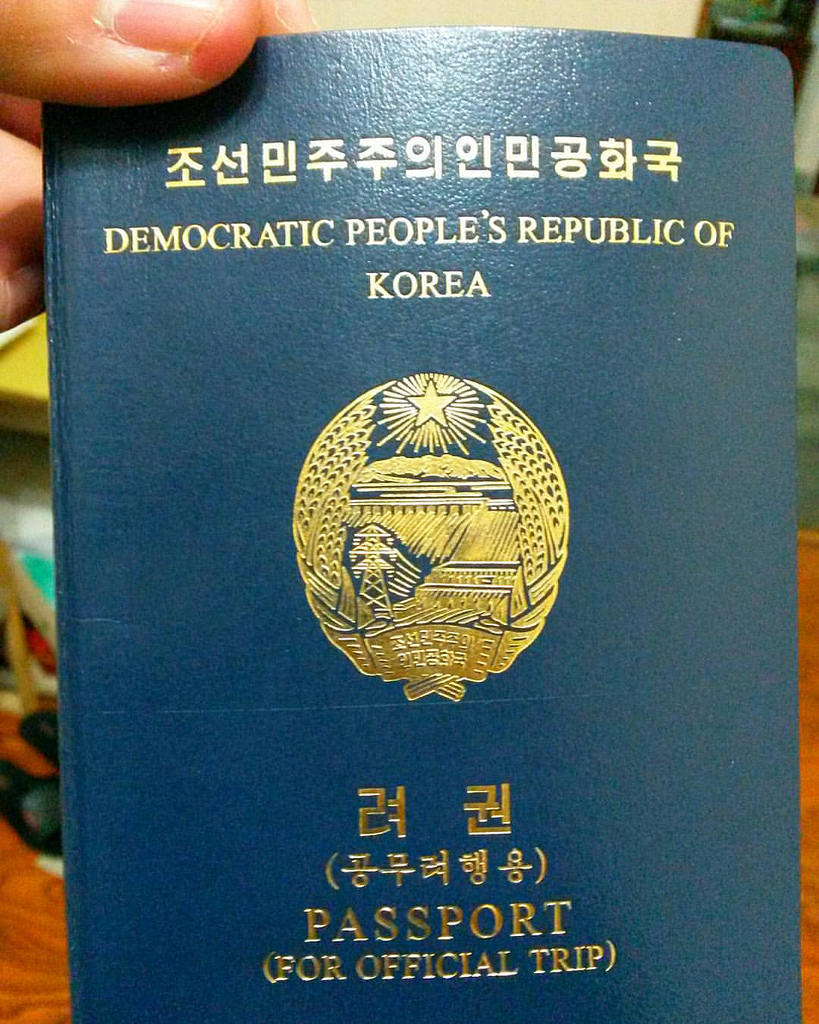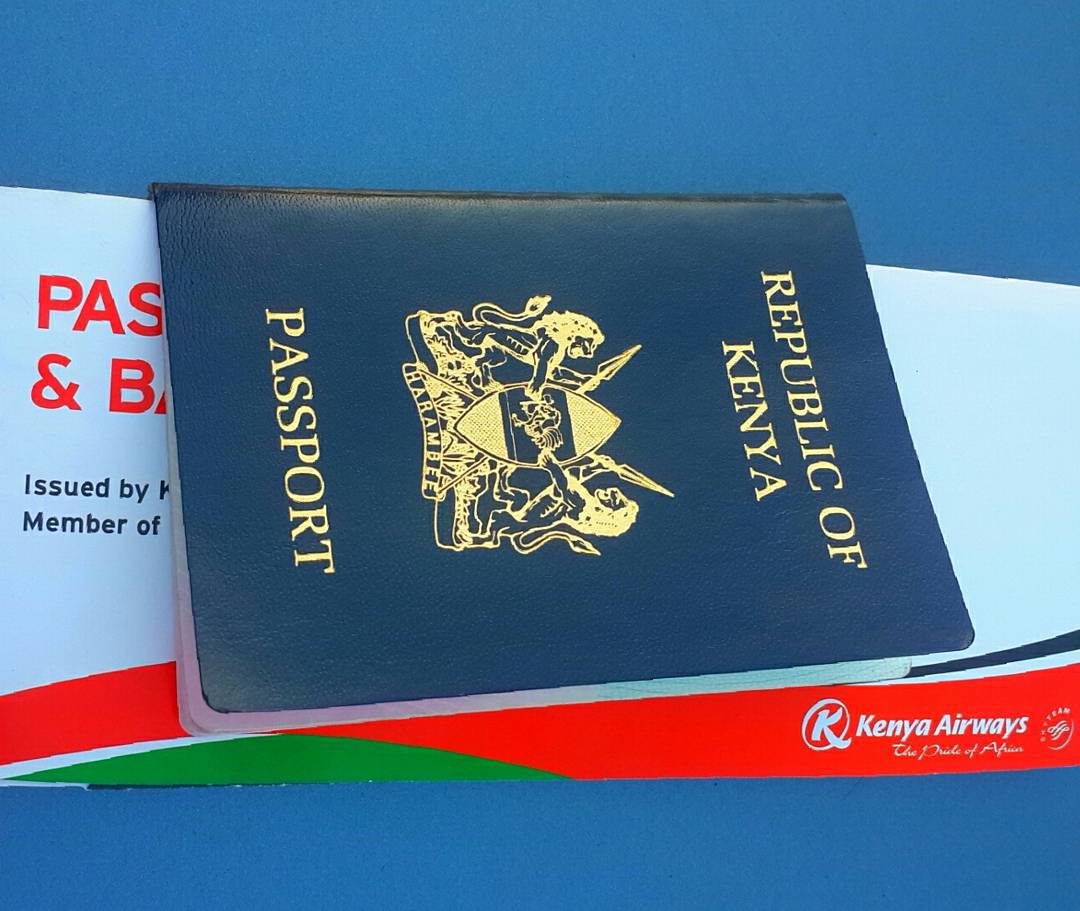We had experienced a small taste of the Vientiane culture yesterday and today we wanted to experience more. The Vientiane Lao culture is unlike any other Asian culture and even different from what we had experienced in Luang Prabang. We had heard how great the traditional herbal Lao massage was so we asked Mr. Lai at our hotel for a recommendation. He directed us to a spa a couple of blocks down the street and off we went.
The traditional Laos herbal massage
We visited the traditional Laos herbal massage sauna with great anticipation. We found it to be similar to other Asian spas except for the pleasant herbal aroma that greeted us as soon as we entered. We were instructed to disrobe and enter the steamy sauna which was like any other sauna except that the steam which was infused, up from the floor, with the herbal fragrance which permeated from below as the result of herbs being burned on a small fireplace. This was definitely an aromatic experience.
After about 20 minutes of steam our muscles had become sufficiently loosened and our massages began. The Lao version of massage involves a lot of stretching of your limbs and a contorting of the body into unnatural positions. It focuses on the pressure points using the masseuses body weight to add a healing force to their movements.
After our amazing two hour treatment was finished we were invigorated and refreshed—ready to go on with the day’s adventures.
That Dam, The Black Stupa
One of Vientiane’s oldest and most well known attractions is That Dam, also known as the Black Stupa, dating back to the 16th century. Originally a shining golden edifice it now appears dark and dull in color due to the theft of the gold lead covering by the invading Siamese army.
Legend has it that the Stupa is occupied by a seven headed snake or a naga. This creature was believed to magically protect the stupa as well as the Laotian people from the threat posed by the feared Siamese army. Happily, I can report that during our short visit we did not encounter the seven headed naga.
The COPE Center
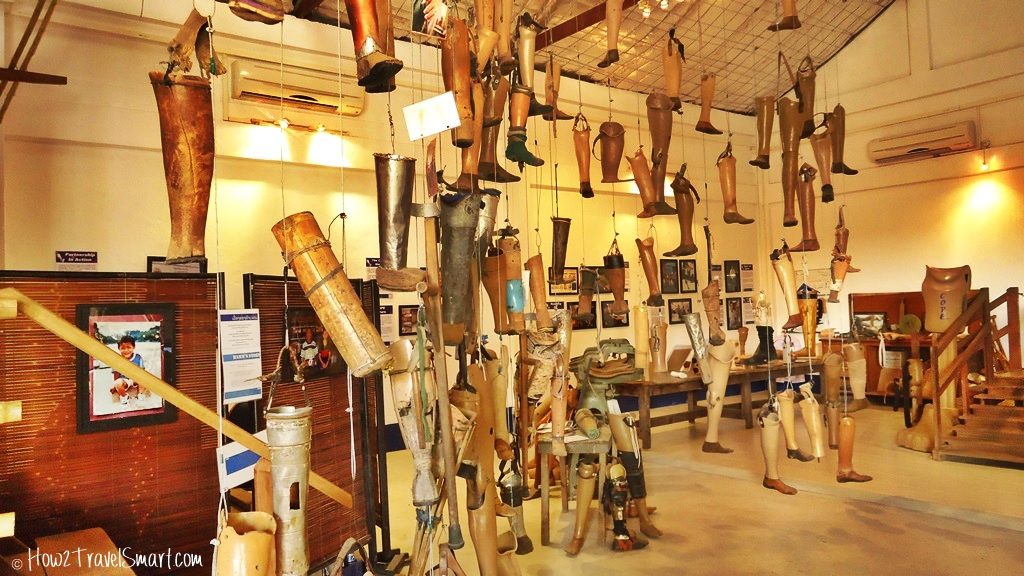
The COPE Center is a combination rehab clinic, free museum and NGO that focuses on supporting the many bomb victims of the last fourty years. The Center assists the bombing victims by providing prosthetics, wheel chairs and physical therapy to help the bomb affected citizens.
Between 1964 and 1973 the U.S. carried out a war on Laos, kept secret from the rest of the world, with a campaign of non-stop bombing focusing on the Ho Chi Minh Trail. The bombing’s intended purpose was to halt the shipments of supplies to the Viet Cong in the south of Vietnam. Despite the nine years of bombing the Laotian countryside this goal went primarily unrealized. Unfortunately about one third of the bombs dropped did not detonate on impact. As a consequence these un exploded bombs can still be ignited to this day, 40 years later—resulting in a ever present danger and causing the injury of innocent civilians to this day.
We browsed through the center’s exhibits paying particular attention to the various examples of prosthetics on display. We watched the very informative documentaries about the wars and the efforts to cleanup afterwards. We learned about the very serious problem of UXOs (unexploded ordinance) and what can be done about this today. This was a very sobering and insightful experience which we were glad that we had seen. As an American I was disgusted by the actions of my country all those years ago.
The Lao National Museum
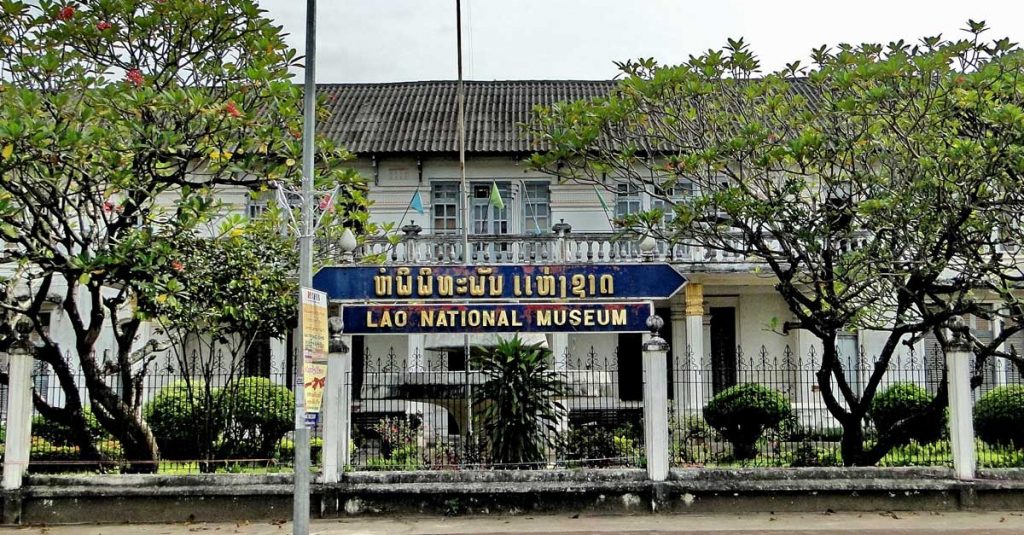
The New Lao National Museum was completed and opened in December 2017. A beautiful free standing four story building located just outside of town. It was built with funds primarily provided by the U.S. government.
Here you will find a lot of excellent information on the Lao people, their history, their struggles and their triumphs. You will find an eye opening discussion about this small landlocked country’s long and complex history. There are even artifacts on display dating back to prehistoric times. Ancient pottery pieces and Khmer artifacts up to and including Vietnam War-era weapons. They even have an uncut brick of cocaine on display—something we had never seen before. We saw traces of the revolutionary zeal and the community of belief reflecting the struggles for independence and immeasurable war-time suffering experienced by the Laotian people.
The Riverside Night Market
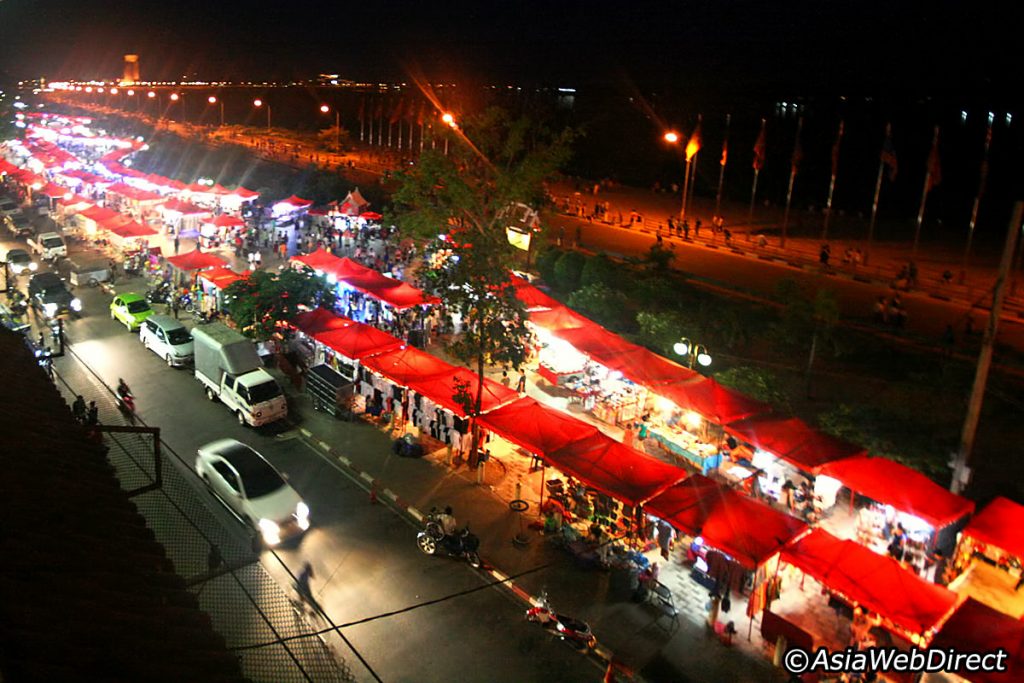
Every night just before dark the mid-town walk way along the Mekong River bank is transformed into a massive shopping bazar crowded with shoppers of all description—both locals and tourists alike.
The red and colorful stalls are filled with every kind of goods imaginable. People line the riverside confirming the popularity of this nightly event. In addition to the typical tourist souvenirs you can find just about anything that you may need or want.
We had a wide variety of local food from which to choose. We greatly enjoyed eating that night and viewing all the people along the banks of the mighty Mekong River.
